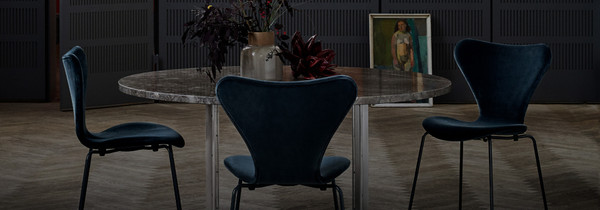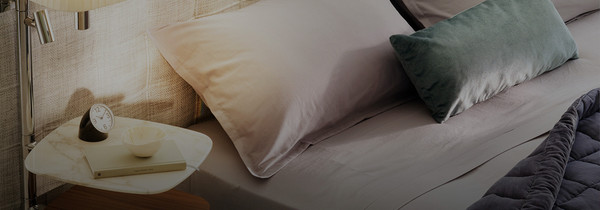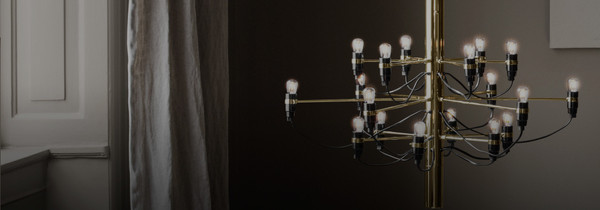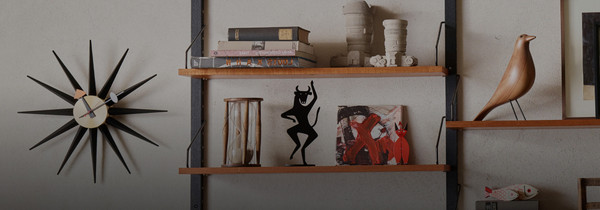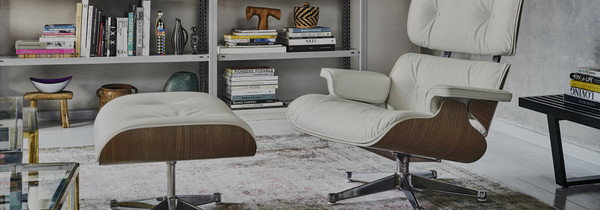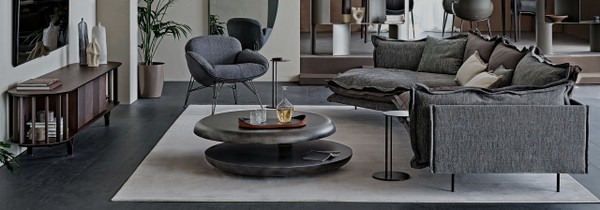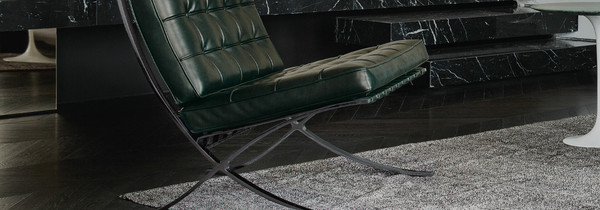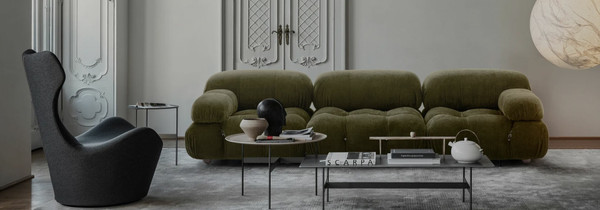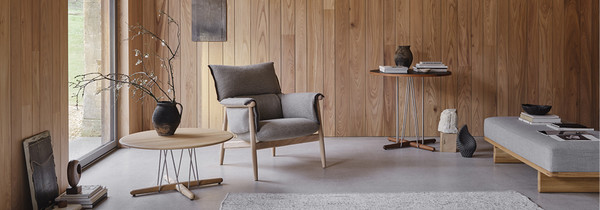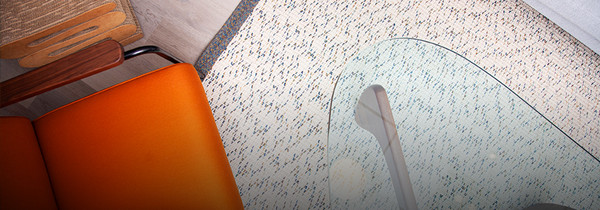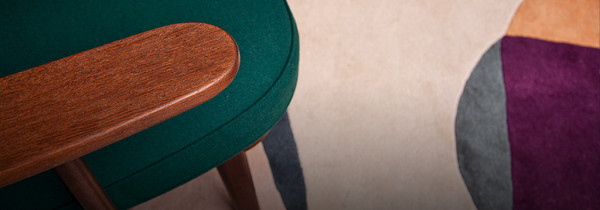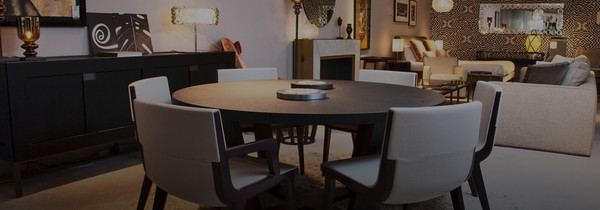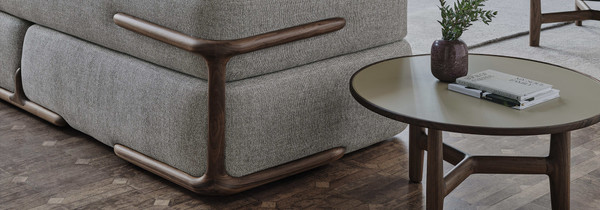Glas Italia
Contemporary glass sculptures enriched by decades of innovation
Glas Italia
Contemporary glass sculptures enriched by decades of innovation
The Glass Ceiling
With Glas Italia, it’s all in the name. Glass – an innate, historic passion for the beguiling, otherworldly material that so often becomes a sculptural embodiment of light itself.
Founded in 1972 in Italy’s Brianza, an area known for its rich craft history, the company is a pioneer of glass design, creating furniture and interior objects that blend the functional with high art, transforming an everyday natural substance into something refined and mesmerizing.
There’s no one way to describe Glas Italia’s collection. Renown for partnering with leading designers from around the globe, the brand’s collection is as varied as it is wide, with elegant designs by Patricia Urquiola sitting side by side with minimal, bold pieces by Jean-Marie Massaud, work by 20th century designer icons such as Nanda Vigo and Ettore Sottsass spoken in the same sentence as 21st century innovators such as Johanna Grawunder and Nendo.
This is glass, but not as you know it. At Glas Italia, glazing is pushed to new levels and conventional constraints are transcended. Each piece is a statement, and an achievement. Researching into and designing glass, the brand utilises highly advanced technology and increasingly complex manufacturing processes, digitally and silk-screen printing, water jet shaping, etching, sandblasting, tempering and embedding films, fabrics and meshes. Clear, coloured, mirrored, frosted, and textured glass ignores the will of gravity and previous manufacturing ability, and makes its own rules, paving the way for the future. Pigments swirl, surfaces become iridescent, reflections warp and shadows take on a starring role. Should these pieces be in a museum? Undoubtedly. But they’re also perfectly primed for living with.
Turning the Tables
Turning the Tables
Furniture has always been central to Glas Italia’s refined repertoire. Each exquisite standalone piece has an ethereal lightness to it, as if it’s hovering slightly above the ground or waiting to be swept away by a whisper of wind.
Tables are the jewel in the furniture collection, acting as centrepieces as well as hosts to household objects, designs spanning the sleek and minimalist to the ornate and imaginative. Transparent glass tabletops offer the opportunity for legs and bases to be expressive and attention-grabbing, from the shapely oyster-inspired form of the Nacre Coffee Table by Yabu Pushelberg, the lower supporting section a pearl-like indentation, to Patricia Urquiola’s jewel-like Bisel Low Table, composed of multi-layered multichromatic glass, its faceted edges creating a tonal rainbow, to the Harold and Maude Coffee Table by Carlo Tamborini , the elegant angled legs like a minimal take on origami.
Glas Italia’s storage and shelving experiments with Trompe l'oeil on a grander scale, the objects they hold often seeming to sit upon slices of air, or the glass designs incorporating contrasting colours or materials such as metal or wood to trick the eye and give the heavy the illusion of weightlessness. Oltralpe Cabinet by Inga Sempé is composed of an elegant, rounded body which casts slim, delicate reflections at all angles, while Philippe Starck Boxinbox Bookcase consists of clear and coloured transparent glass boxes delicacy suspended within a metal frame, creating striking three-dimensional volumes within volumes (which can be configured for various storage desires).
Exploring glass as both a reflective surface and a medium for expression, Glas Italia’s mirror collection is a hybrid of modern art and functional design, a tactile testament to the brand’s overall fusion of artistry and innovation. The Marlene Wall Mirror by Philippe Starck merges its flat inner with a curved surround, warping light and reflection to create an unanticipated and surreal frame, the monolithic Kooh-I-Noor Standing Mirror by Piero Lissoni is spectacularly oversized, each edge faceted at different depths to reflect multiple angles of the wall it rests upon, and Yabu Pushelberg’s Scribble mirror is decorated with a freehand-style sign filled with movement, as if dramatically brushed freehand onto the extralight glass.
"The special techniques we use to process and decorate make glass a unique material
– it becomes a precious object.”
Alessandra Arosio, Co-Owner Glas Italia
Exploration Into Architecture
Expanding its portfolio in the last decade from objects to interior design, Glas Italia’s doors and partitions walls is possible thanks to glass expertise, knowledge and research developed over decades.
Designed by Piero Lissoni, the walls and doors echo the brand’s stylistic sophistication, the beautiful internal pieces imbued with the power to transform a whole room. The expanses of transparency allow for the easy flow of natural light, maintaining a sense of openness and making rooms feel larger while simultaneously creating an aesthetic statement and visual focal point.
Made from tempered or laminated glass with advanced techniques such as UV bonding and precision cutting which form seamless, durable and safe structures, Glas Italia’s walls and doors feature spanning minimalist transparent panes to panels crafted from coloured, frosted, textured or decorated glass to boldly boost a room’s scheme.
Customisation is key with the brand’s walls and doors, each piece made-to-measure to suit individual projects for both homes and commercial settings in need of an accessible, air-filled atmosphere. Doors swing, slide, spin or pivot, single or double glazed, placed flush into pre-existing walls or held within full glass panels, supported by frames of various timbers and metals, and at measurements personalised to their location to blend with architectural and interior styles. Linear walls can be used to divide spaces, or multiple adjoining walls positioned to construct new rooms within rooms, the walls equally as customisable doors, resulting in a collection that while seemingly small, is full of creative possibilities.
Little Black Book of Brilliance
Well-known for partnering with some of the most influential and celebrated designers and architects in the industry, the brand represents the best in contemporary global design as well as a broad spectrum of design styles.
The names of celebrated design authorities are sprinkled throughout its catalogue, icons including Italian architect, designer and artist Nanda Vigo, Japanese designer and architect Shiro Kuramata and Italian designer, architect and Memphis Group founder Alessandro Mendini sitting alongside modern-day design heroes Edward Barber & Jay Osgerby, Jasper Morrison, Tokujin Yoshioka, Ronan & Erwan Bouroullec, Jean Nouvel and many more.
Keeping the company in forward momentum and encouraging cutting-edge development, the many different expert visions, voices and viewpoints have been instrumental in shaping the brand. Be it minimalist, modern, art deco or avant-garde, smooth, textured, mirrored or colourful, pieces of Glas Italia design may not look alike, but they’re united by a ground-breaking attitude, and a desire to push glass where it has never been before.
"Because we collaborate with so many designers, the Glas Italia collection is eclectic –
glass is the common thread that binds all of our products, and each designer leaves
their own mark on the collection."
The Glass House
All of this brilliance has to start somewhere – for Glas Italia it’s at its gleaming HQ in North Italy. Designed by Piero Lissoni, the building is an augmented representation of the company’s expertise and experimentation. Made predominantly from – yes – glass and with the same feel of the brand’s expressive, convention-ignoring creations, the structure unapologetically celebrates the versatility of the material.
Like an oversized (11,000 sqm) version of one of Glas Italia’s covetable objects, the headquarters are visually arresting; the façade covered in a bespoke shell which incorporates pre-existing factory parts and a black steel frame carrying special thermo- insulating glass. Protruding just like a block of timber or metal does from one of the brand’s furniture designs, a central concrete structure pays homage to Italian architect and designer Carlo Scarpa (while housing a large conference area).
Inside, a window-heavy, light-flooded reception area is minimally populated with glass- framed furniture and crowned with a sculptural self-supporting staircase made of black steel and crystal, which graciously leads the way to the workspaces while delicately illustrating the unbridled possibilities of its components and the minds within.
Discover Glas Italia's bestsellers
You can browse the full collection below...
Something caught your eye?
Drop us a line with details of your project below and we'll get back to you with all the info you need.










